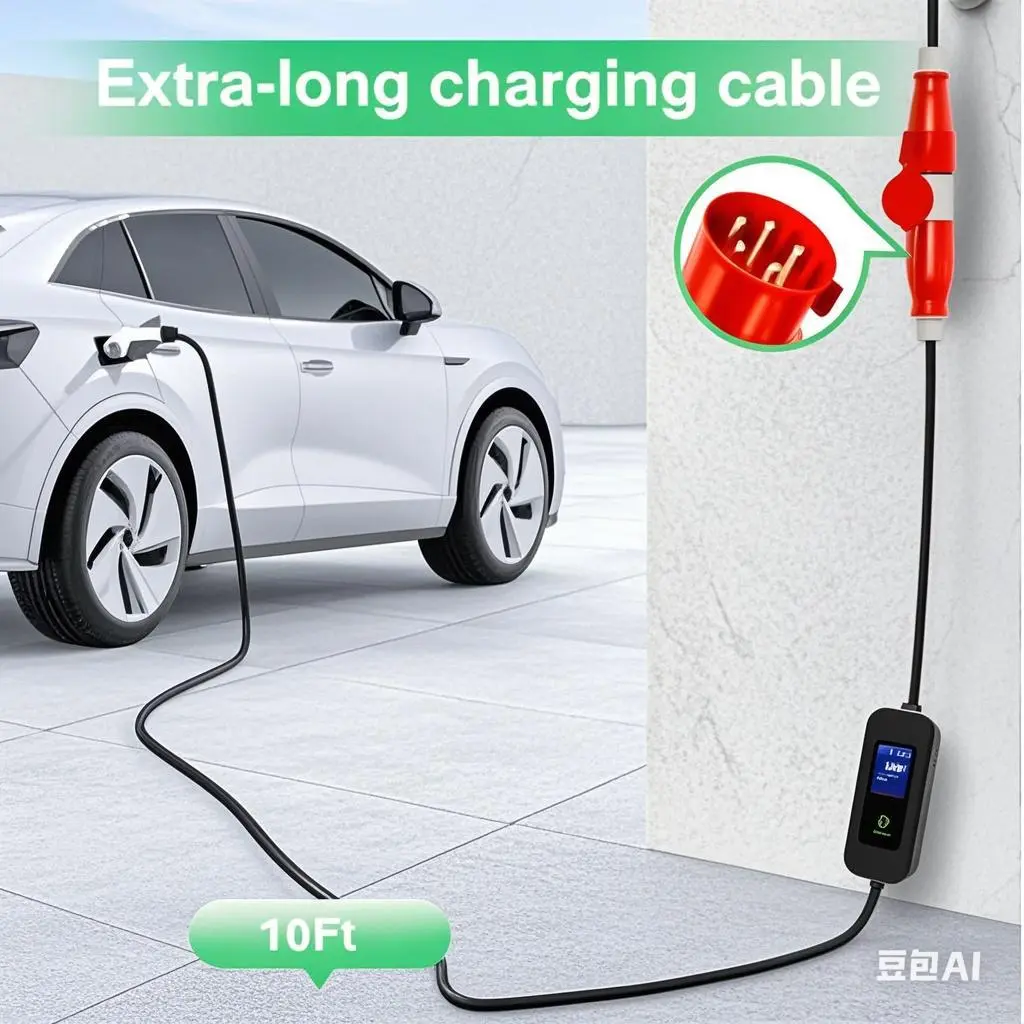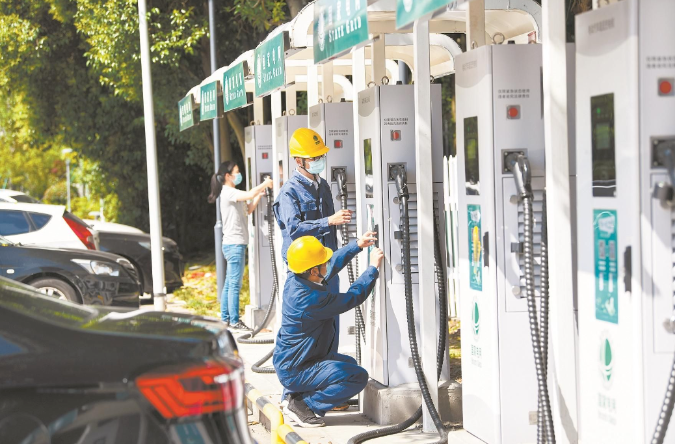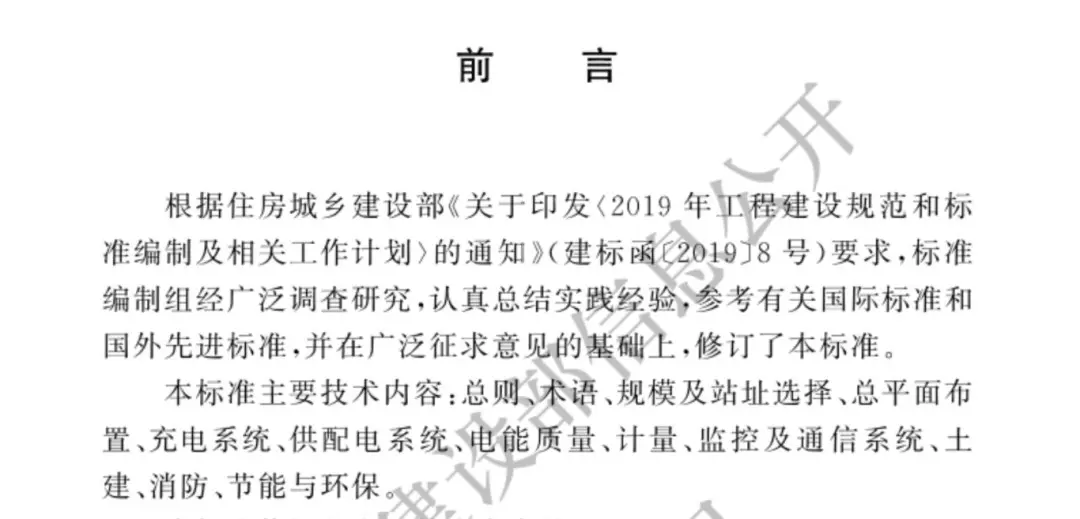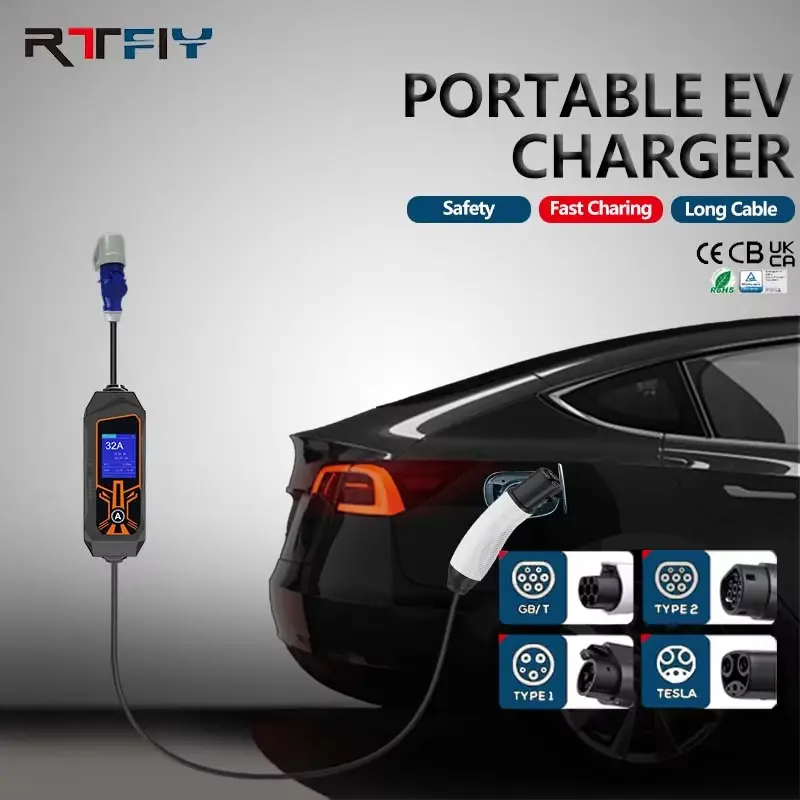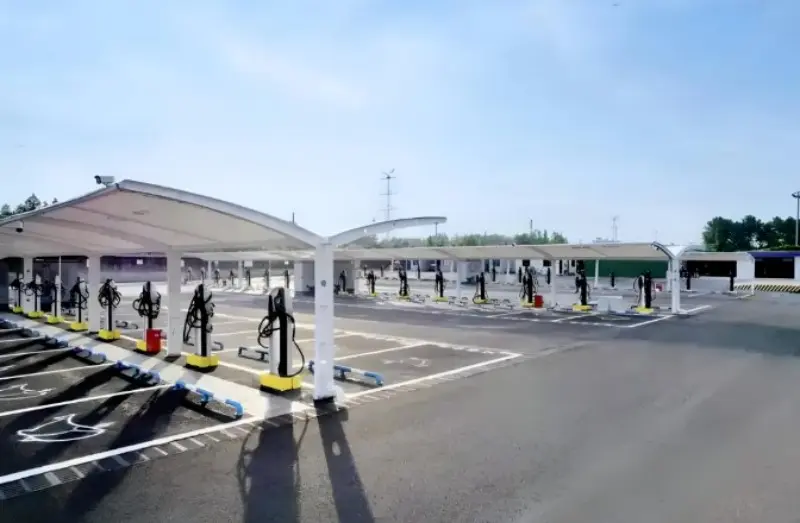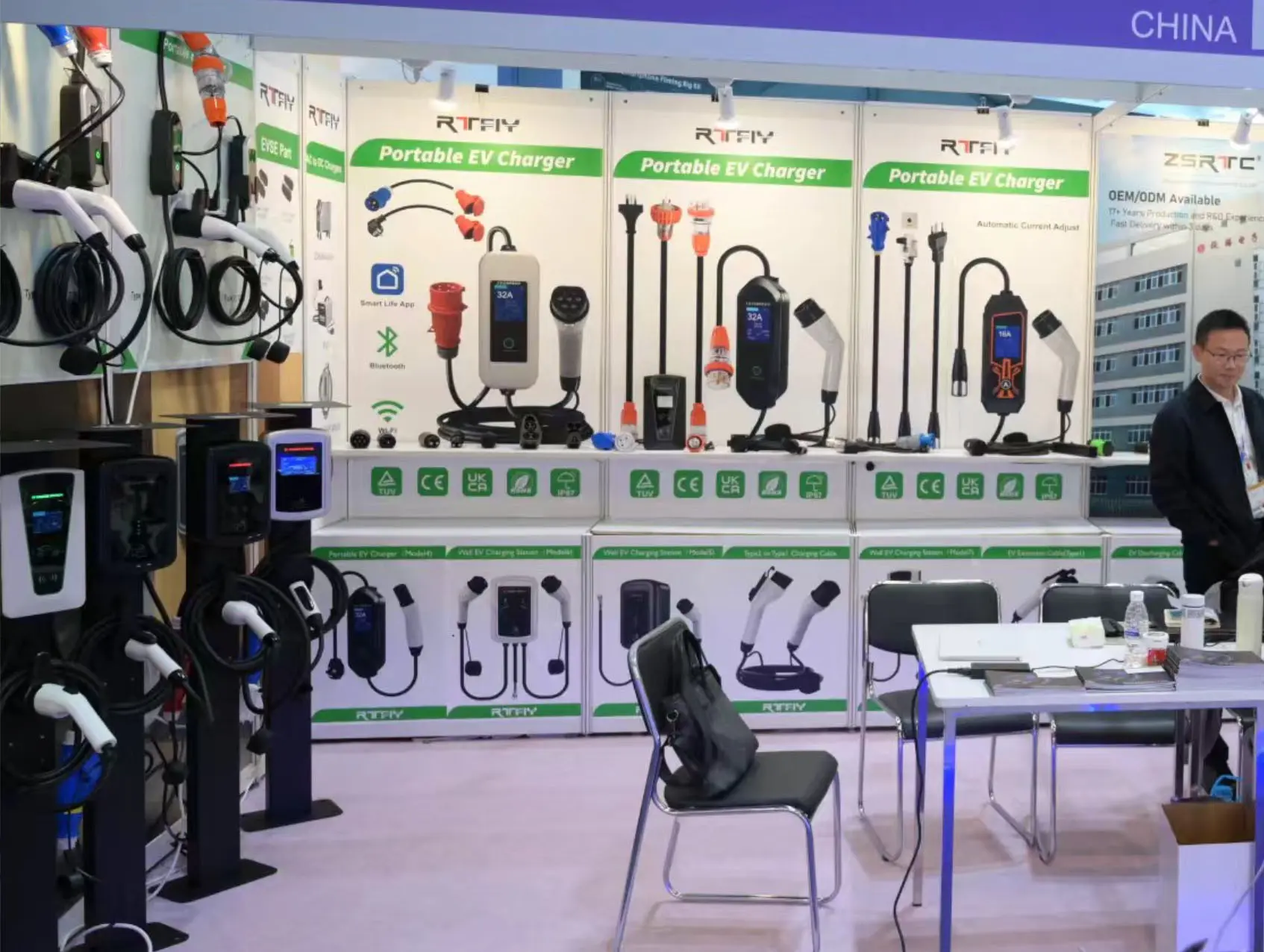0102030405
Self-driving new energy Spring Festival status
2025-03-14
Every festival, there will be a large number of reverse army on the highway across the country, combined with the high-speed free policy, but also brought a huge amount of traffic, in such a case every year there is almost a lasting topic, new energy vehicles often become "electric daddy", "charging difficulties" "endurance anxiety" and other topics appear from time to time. Especially in the cold Spring Festival holiday, this problem seems to be more serious, just in the past Spring Festival new energy vehicles or "electric daddy"? Is charging anxiety solved?
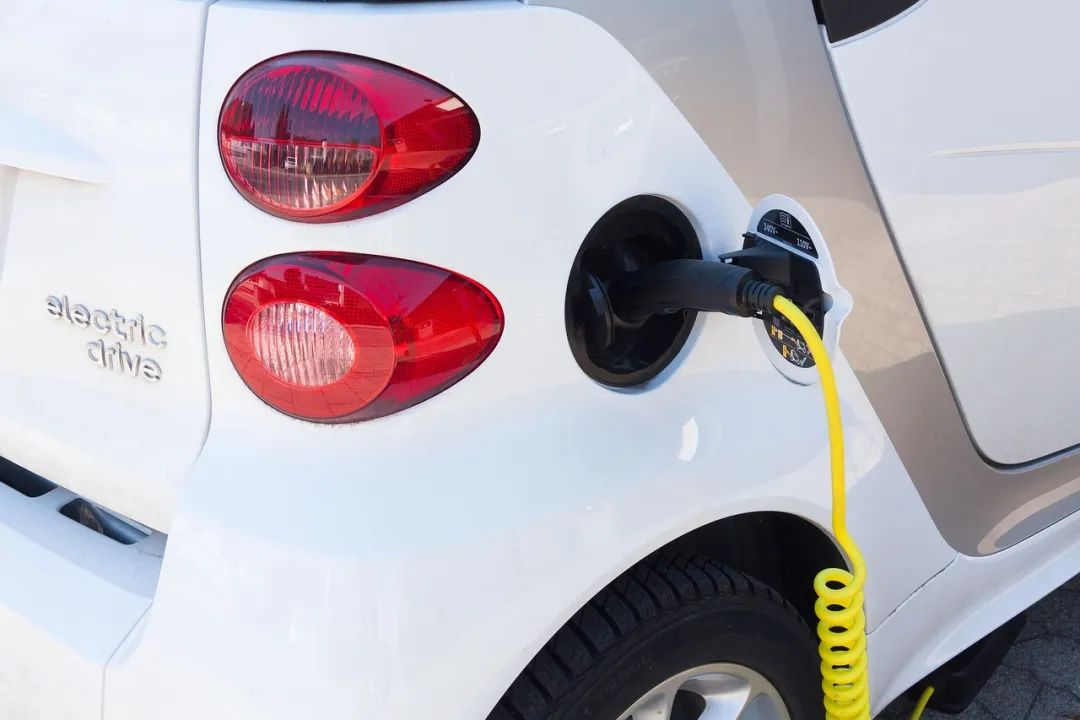
一、The Spring Festival self-driving new energy or "electric dad"?
"There is not much charging and endurance anxiety along the way, and the high-speed service area is all charging piles, and we intend to follow the navigation plan," according to a report from New China Jingwei. On January 19, Wang Xin (a pseudonym), owner of polar Fox Alpha T5, said to Zhongxin Jingwei. Wang Xin, who lives in Changde, Hunan Province, 1,500 kilometers from Beijing, has been driving home with his wife and children for eight consecutive years. But this year is special, they try to drive a pure electric car home for the first time. "Our oil vehicles are already old, and the trade-in policy is cost-effective, so we bought a new energy vehicle in September 2024." Before the departure, the family had prepared for the charging line. "Before, we always saw the news of long lines and slow charging, so this time we planned five hours for high-speed service area charging." However, the whole trip went much better than Wang Xin expected. "The first charge was originally intended to charge in the North service area of Shijiazhuang Gaocheng, but this service area has only six charging piles, all occupied, and can only queue up to charge." We went to the Shijiazhuang East service area 30 kilometers away to charge, this service area has a lot of charging piles, I also used the supercharge, ten minutes to charge." Wang Xin said.

Shijiazhuang East Service Area, Hebei Province, about 300 kilometers from Beijing, is the first power station for many new energy owners to choose to go south from Beijing. According to the incomplete statistics of Zhongxin Jingwei, there are at least 26 charging piles in the service area, including 12 NIO charging piles, 8 Xiaopeng charging piles, 4 State Grid charging piles and 2 Porsche charging piles. On January 23, Zhang Xing, deputy director of the Comprehensive Department of the National Energy Administration and spokesman, said at a press conference that by the end of 2024, the total number of charging facilities in China had reached 12.818 million units, an increase of 49% year-on-year; A total of 35,000 charging piles have been built in highway service areas across the country, with a coverage rate of 98%. From the perspective of the layout of the car enterprise, on January 27, NIO announced that it had built 3,101 power stations and 25,424 charging piles in the country; Among them, WEilai high-speed change station reached 962, 4343 charging stations. On January 14, Xiaopeng Automobile said that it has reached a total of 10,000 charging piles, and it is expected to add more than 1,000 super (fast) charging stations in 2025. According to the Beijing News, most of the charging piles of the State Grid have been upgraded to 120 kilowatts of fast charging. The Ministry of Transport recently said that fast charging facilities of 120 kW and above are widely used in the national highway service areas, and Zhejiang, Jiangsu, Guangdong and other provinces have also built 600 kW to 800 kW super-charging stations to meet the needs of short-time fast charging as far as possible.
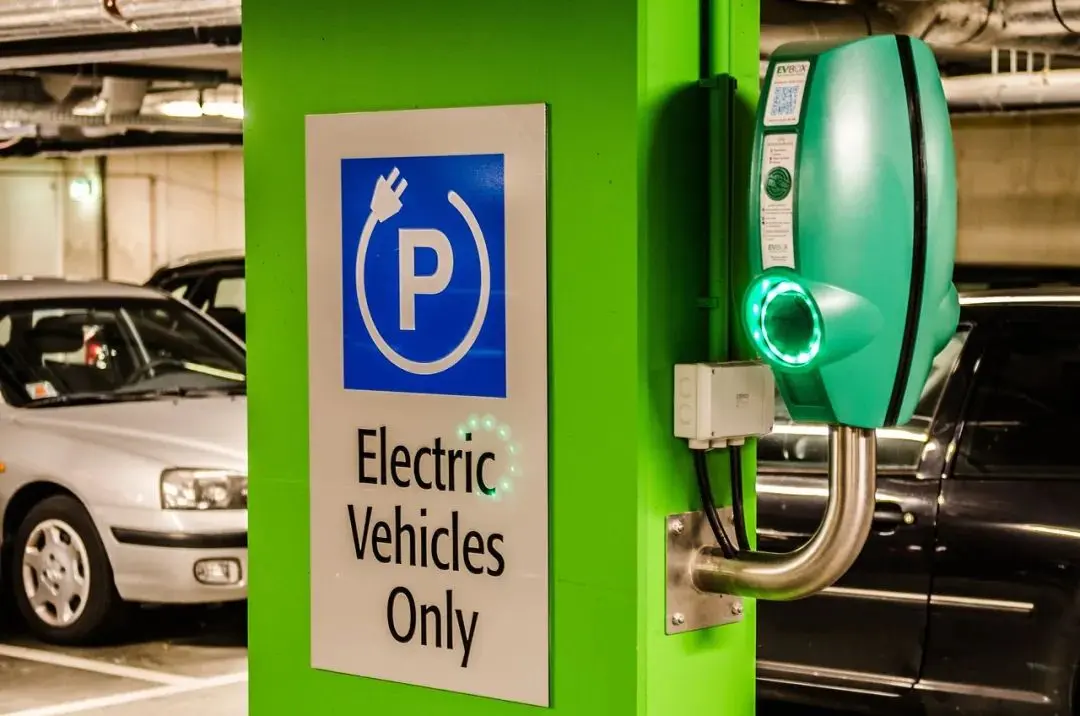
二、Has the anxiety over charging been resolved?
During the Spring Festival holiday, the long-distance travel problem of new energy vehicles will always become the focus of social attention. From the ridicule of "electric dad" to the helplessness of "charging for an hour and queuing for four hours", how should we look at this year's Spring Festival self-driving? First of all, the Spring Festival travel dilemma of new energy vehicles is a long-standing problem. For a long time in the past, new energy vehicles have faced many challenges when traveling during the Spring Festival holiday, and the problem of difficult charging has almost become the norm. First of all, battery failure in the cold winter environment is an inescapable problem. The power batteries of new energy vehicles are mostly lithium-ion batteries, and the performance of this battery is extremely sensitive to temperature. When the temperature decreases, the chemical reaction rate inside the battery slows down and the viscosity of the electrolyte increases, resulting in an increase in the internal resistance of the battery and a significant decrease in the available capacity of the battery. In addition to the problem of battery attenuation, the demand blowout caused by a large number of concentrated trips is also an important reason for the difficulty of charging. During the Spring Festival, people have chosen to drive themselves, whether it is to return home or travel, the number of vehicles on the road has increased sharply. The ownership of new energy vehicles has also been rising in recent years, which has made the charging demand concentrated in a short period of time. However, the number of charging piles can not meet such a huge demand. On some popular travel routes, charging piles in the service area often appear in queues, and the queuing time can even be as long as several hours. In order to be able to charge, some owners have to plan the route in advance and wait for a long time near the charging pile, which not only consumes a lot of time and energy, but also seriously affects the travel experience.

Second, recent changes are improving the problem of self-driving trips for new energy vehicles during the Spring Festival. Although new energy vehicles have faced many difficulties in the Spring Festival travel in the past, in recent years, the charging problem is being alleviated step by step: first, the extended hybrid has been gradually recognized by many car companies. In recent years, extended-range vehicles have gradually become the mainstream, providing new ideas for solving the charging problem. An extended range electric vehicle is a series hybrid electric vehicle that works by generating electricity through the engine, storing the electricity in a battery, which then provides power to an electric motor to drive the vehicle. Unlike traditional pure electric vehicles, the extended-range vehicle is equipped with an engine as a power generation device, which gives it a greater advantage in terms of range. In the case of the gradual popularity of hybrid models such as extended range, charging and refueling have become multiple choices for many cars. For those who need to travel long distances, they can choose to charge in the place where there is a charging pile and enjoy lower travel costs; In the place where the charging pile is inconvenient, you can choose to refuel to ensure that the vehicle can reach the destination smoothly. This flexibility greatly reduces the owner's reliance on charging facilities, making charging problems less difficult. Second, the charging pile infrastructure is improving day by day. In recent years, the state has spared no effort to promote the development of new energy infrastructure, and the charging pile infrastructure has been greatly improved. The government has issued a series of policies to encourage the construction of charging piles, including financial subsidies, simplifying the approval process, etc., which has attracted a large number of social capital to invest in the field of charging pile construction. Driven by these policies, the number of charging piles in service areas in many economically developed regions has shown a geometric increase. As mentioned above, now the major service areas not only have the national unified construction of charging piles, but also each enterprise's own charging piles, similar to the company NIO also through the way to achieve faster infrastructure construction. The third is the rapid popularization of fast charging technology. With the popularity of fast charging technology, tram charging is no longer a long process, which provides more advantages for new energy vehicles to run long distances. Early new energy vehicles charge slowly, and it can take several hours or even longer to full a charge, which is a huge bottleneck for long-distance travel. And now, with the continuous development of fast charging technology, charging speed has been greatly improved. Some new fast charging piles can charge the battery from 20% to 80% in half an hour, greatly reducing the charging time. The improvement of fast charging technology not only shortens the charging time, but also relieves the charging anxiety to a certain extent. When traveling during the Spring Festival, the owner can use the short rest time to quickly charge the vehicle, supplement the power, reduce the waiting time in the charging link, and improve the travel efficiency.

Third, charging anxiety has eased but still exists. Although the charging problem has been significantly alleviated in recent years, for the current Spring Festival, in the case of the Spring Festival peak traffic blowout, neither refueling nor charging can be as easy as usual. In the case that the charging efficiency has not yet completely equalized with refueling, the problem of charging anxiety will still persist. On the one hand, although the number of charging piles is increasing, there is still a big gap compared with the huge car ownership. Especially during the Spring Festival travel peak, a large number of vehicles are concentrated, and the charging demand has exploded, even if the number of charging piles has increased, it is difficult to meet such a huge demand. On some popular travel routes, the phenomenon of waiting in line for charging piles is still relatively common, and owners may need to spend a long time waiting for charging, which will undoubtedly affect the plan and mood of travel. On the other hand, there is still a big gap between the charging speed and the refueling speed. Although the development of fast charging technology has greatly shortened the charging time, even the fastest fast charging pile needs tens of minutes to charge the battery to a high level, and refueling only takes a few minutes. In the modern society where time is money, waiting for dozens of minutes is unacceptable for some eager car owners. Moreover, the charging process may also encounter various problems, such as charging pile failure, charging power instability, etc., which will further extend the charging time and aggravate the anxiety of the owner.

Fourth, technological innovation is the real optimal solution. For the long-term development of new energy vehicles, the progress of technology has always been the core driving force for the development of new energy vehicles. As long as battery technology or charging technology can achieve a qualitative leap, the problem of new energy charging anxiety is possible to achieve a real solution. From the point of view of battery technology, the most noteworthy in recent years is undoubtedly solid-state battery technology, which is a battery technology that uses solid electrolytes to replace traditional liquid electrolytes. Compared with lithium-ion batteries, solid-state batteries have higher energy density, longer service life and higher safety. Studies have shown that the energy density of solid-state batteries can be increased by more than 50% compared to lithium-ion batteries, which means that new energy vehicles using solid-state batteries can achieve a longer driving range. From the point of view of charging technology, in addition to continuing to improve the performance of fast charging technology, wireless charging technology has also attracted much attention. Wireless charging technology can realize the automatic charging of the vehicle during the driving process or when parking, without inserting or removing the charging cable, which greatly improves the convenience of charging. In the future, with the further maturity of wireless charging technology and the reduction of costs, it is expected to be more widely used in the field of new energy vehicles. Therefore, science and technology is the first productive force, only continuous innovation can really solve the problems we are troubled by, hope that new technology can be quickly popularized, and truly solve the anxiety problem of long-distance travel of new energy vehicles during holidays.
The article is sourced from [jianghanview], and upon infringement, it will be promptly removed.




